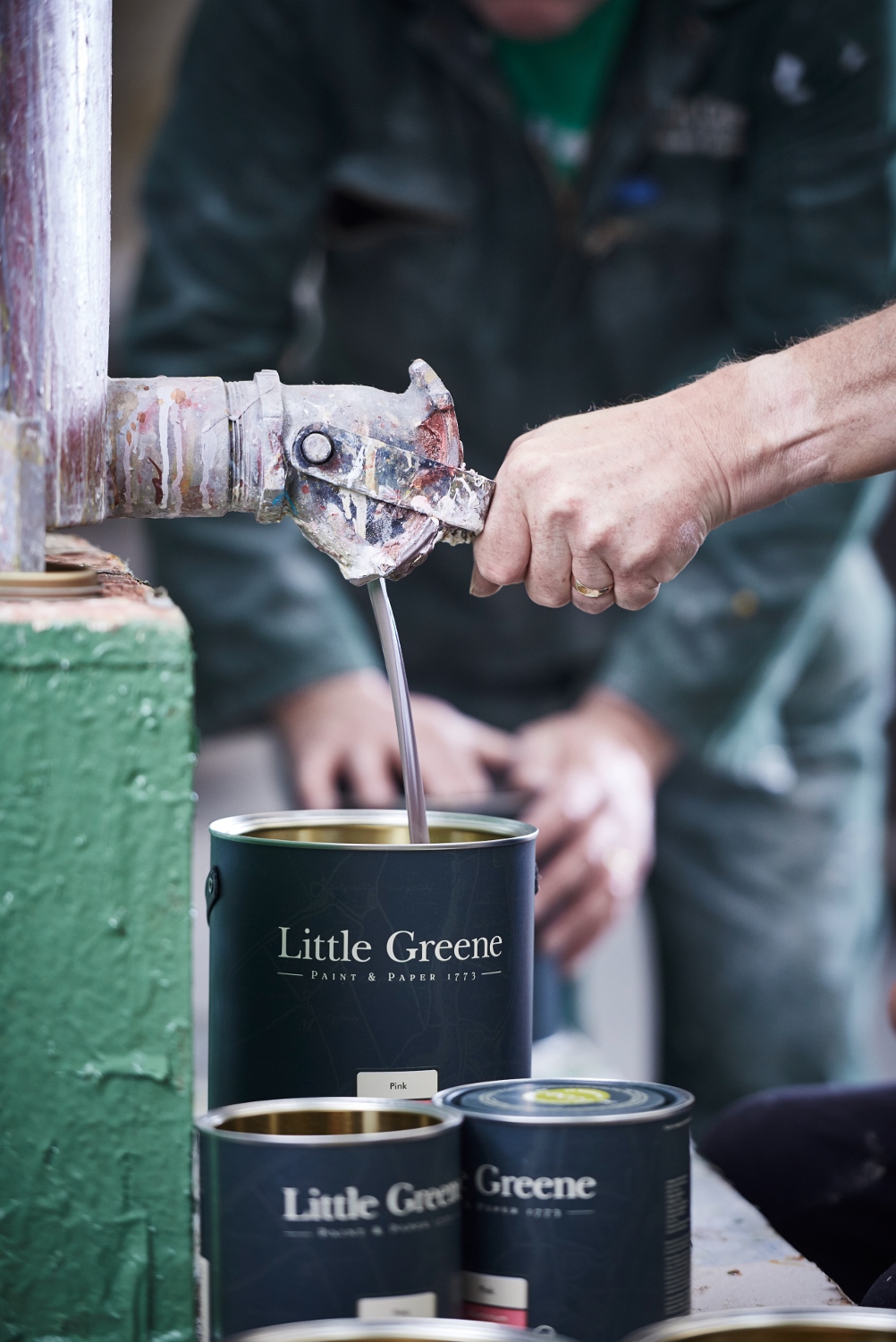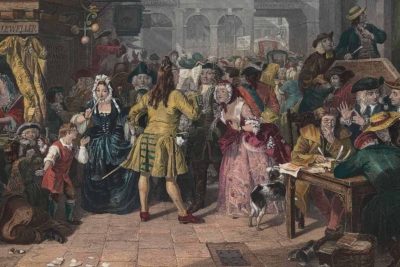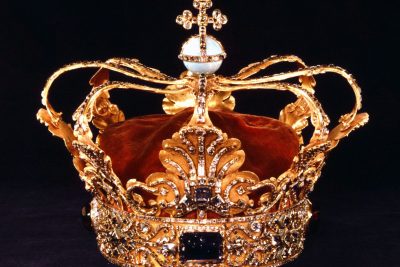
Little Greene Paint and Paper: The History of Film Design

The history of film design is a fascinating journey that intertwines technological innovation, artistic expression, and cultural significance. From the early optical phenomena that paved the way for motion pictures to the intricate designs that enrich our cinematic experiences today, understanding this evolution is vital. Little Greene paint and paper plays a crucial role in the aesthetics of film design, influencing the visual narratives captured on screens worldwide. This article aims to explore the significant milestones in the history of film design, shedding light on the key innovations and techniques that have shaped the medium.
As we delve into the origins of cinema, it is essential to recognize the interplay of various elements that contributed to the birth of motion pictures. Early optical toys explored concepts that would later be foundational for filmmakers and designers alike. In addition to technological advancements, the aesthetic choices made by filmmakers, including color palettes influenced by products like Little Greene paint and paper, have significantly impacted the emotional resonance of films. Throughout this discussion, we will examine significant milestones in film design and how they continue to influence contemporary cinema.
The Origins of Motion Pictures
The origins of motion pictures are rooted in the fascinating realm of optical phenomena. Two primary principles played a pivotal role in creating the illusion of movement: the persistence of vision and the phi phenomenon. These concepts reveal how our eyes and brains interpret a series of still images projected in quick succession, allowing us to perceive fluid motion. Before the inception of photography, inventors and artists experimented with various optical toys that demonstrated these effects, laying a foundation for future cinematic possibilities.
The Role of Optical Phenomena
Understanding the phenomena that underpin motion perception is essential in appreciating the history of film design. The persistence of vision refers to the afterimage that remains in the human eye for a brief moment after viewing an object. Conversely, the phi phenomenon describes how viewing two or more adjacent lights flashing in succession creates the illusion of movement. These principles were exploited in early optical devices like the phenakistoscope, which showcased spinning images, and the zoetrope, which produced a similar effect through a rotating drum.
Early Optical Toys and Their Influence
Before the invention of motion pictures, a variety of optical toys captivated audiences and inspired innovators in the field. The phenakistoscope, developed by Joseph Plateau in 1832, was a groundbreaking device that allowed individual images to be viewed in quick succession through a spinning disk. Similarly, the zoetrope, invented by William George Horner, allowed onlookers to peer through slots in a cylindrical drum to admire consecutive images in motion. These early devices demonstrated the principles of motion perception and served as precursors to the cinematograph.
The Birth of Photography
The invention of photography marked a turning point in the visual arts, enabling the capture of reality in a way that had never been achieved before. The daguerreotype, created by Louis Daguerre in 1839, became the first practical method of photography, while William Fox Talbot introduced the negative process, revolutionizing the field. These developments allowed for the production of multiple copies of an image and set the stage for the subsequent evolution of motion pictures.
Breakthroughs in Motion Analysis
As photography advanced, so did the interest in capturing motion. Eadweard Muybridge played a significant role in this pursuit with his groundbreaking experiments in the 1870s. By employing multiple cameras arranged along a track, Muybridge successfully captured a horse in motion, creating a series of sequential images that depicted the animal's gallop. This series not only demonstrated the possibilities of motion analysis but also set the stage for future filmmakers to consider the art of designing motion on screen.
The Advent of Celluloid Film
The introduction of celluloid film in the late 1880s was another pivotal moment in film history. Invented by Hannibal Goodwin, celluloid provided a flexible and durable medium for filmmakers, addressing the limitations of previous materials. George Eastman further advanced the technology with his roll film, making it commercially accessible and sparking a new era of filmmaking. This transition from glass plates to flexible film allowed directors to experiment more freely, leading to an explosion of creative possibilities.
Innovations in Motion-Picture Cameras
With the advent of celluloid film came significant advancements in motion-picture cameras. One of the key figures in this development was Louis Le Prince, who created one of the first motion-picture cameras capable of capturing moving images. Following his innovations, William Kennedy Laurie Dickson at the Edison Company made essential advancements, culminating in the production of the Kinetoscope, which provided a new platform for viewing moving images. These innovations in camera technology transformed the landscape of film design, enabling directors to craft increasingly complex narratives.
The Impact of Film Design on Cinema
As filmmakers began to explore the possibilities that motion pictures presented, the role of film design became increasingly significant. Design elements, including lighting, color, and composition, all play a crucial role in shaping the visual storytelling of a film. These aspects contribute to the overall atmosphere and mood, guiding audience emotions and enhancing the narrative. The aesthetic choices in film design use products like Little Greene paint and paper, which provides an array of colors and textures that influence the visual richness of cinematic experiences.
Case Studies of Iconic Film Designs
Throughout the history of cinema, various films have exemplified the profound impact of design on storytelling. For instance, the majestic palace interiors in “The Grand Budapest Hotel” reflect the meticulous choice of color and design that director Wes Anderson is known for. This movie showcases how a well-considered color palette can evoke a specific period and emotional response. Similarly, the innovative use of lighting and shadows in “Citizen Kane” profoundly shapes its narrative, demonstrating how design elements can reinforce themes and character development. These iconic films demonstrate how film design serves as a critical component of effective storytelling.
Little Greene's Influence on Cinematic Aesthetics
In the realm of film design, Little Greene paint and paper provides valuable resources for filmmakers seeking distinctive color palettes. The collaboration between designers and color specialists can significantly enhance the visual identity of a film. The aesthetically coherent environments created with specific Little Greene products allow filmmakers to immerse audiences in their worlds, ultimately delivering a more engaging experience. By utilizing such high-quality materials, designers can achieve their vision, mirroring the care taken in traditional art forms.
Conclusion: The Legacy of Film Design in Modern Cinema
The journey through the history of film design illustrates a compelling intersection of technological advancements, artistic expression, and cultural context. From the early optical devices that captivated audiences to the sophisticated film designs we see today, filmmakers have continuously pushed the boundaries of creativity in storytelling. As we look ahead, the impact of Little Greene paint and paper and similar artistic elements will continue to shape the aesthetics of cinema, enriching the experiences of audiences worldwide.
Understanding the evolution of film design not only honors the past but also inspires future generations of filmmakers and designers. By recognizing the contributions of early pioneers and modern materials available, we can appreciate the craft that goes into making the immortal images we see on screens. The legacy of film design is, indeed, far-reaching, continuing to resonate with audiences and filmmakers, ensuring that our cinematic experiences are as vibrant and dynamic as they ever were.
Did you find this article helpful? Little Greene Paint and Paper: The History of Film Design See more here Education.
Leave a Reply






Related posts